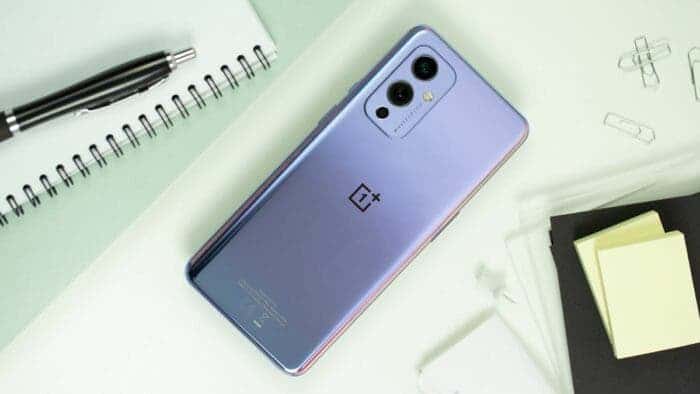OnePlus is in trouble. According to some recent reports, the company was caught in performance manipulation and this became the reason for the exclusion of the OnePlus 9 and OnePlus 9 Pro from the Geekbench benchmark table. The piquancy of the situation is that the company did not artificially cheat the results in synthetic tests, but, on the contrary, introduced a mechanism for understating performance.
It turned out that when working with a number of applications, the OnePlus 9 Pro behaves strangely and does not deliver the expected level of power. It turned out that there is a “blacklist” of applications, when launched on a smartphone, the high-performance Cortex-X1 core does not turn on, and the entire load is “dragged” by the Cortex-A55 cores. Later, it has been suggested that all this is for the sake of increasing autonomy.
We've discovered weird behaviour on the OnePlus 9 Pro flagship: Popular apps are performance limited, while benchmarks are unaffected. Is this battery optimisation, or misrepresentation of the user experience?https://t.co/QZqxoiERZi pic.twitter.com/Ey3AAiPr4s
— AnandTech (@anandtech) July 6, 2021
Gizchina News of the week
Statement from OnePlus
“Our top priority is always delivering a great user experience with our products; based in part on acting quickly on important user feedback. Following the launch of the OnePlus 9 and 9 Pro in March; some users told us about some areas where we could improve the devices’ battery life and heat management. As a result of this feedback, our R&D team has been working over the past few months to optimize the devices’ performance when using many of the most popular apps, including Chrome, by matching the app’s processor requirements with the most appropriate power. This has helped to provide a smooth experience while reducing power consumption. While this may impact the devices’ performance in some benchmarking apps; our focus as always is to do what we can to improve the performance of the device for our users.”
Based on this statement, we can conclude that changes in the operation of the chips were made at the request of users; who spoke in favor of improving the situation with heating and power consumption. Here it is worth recalling the situation with the OnePlus camera crashing due to overheating, which users encountered in April. As a result, the developers made adjustments to the operation of the chip; after the release of the OnePlus 9 and the OnePlus 9 Pro; there were no performance restrictions at the stage of launching the flagships.






Did the users really request for such changes? One Minus!